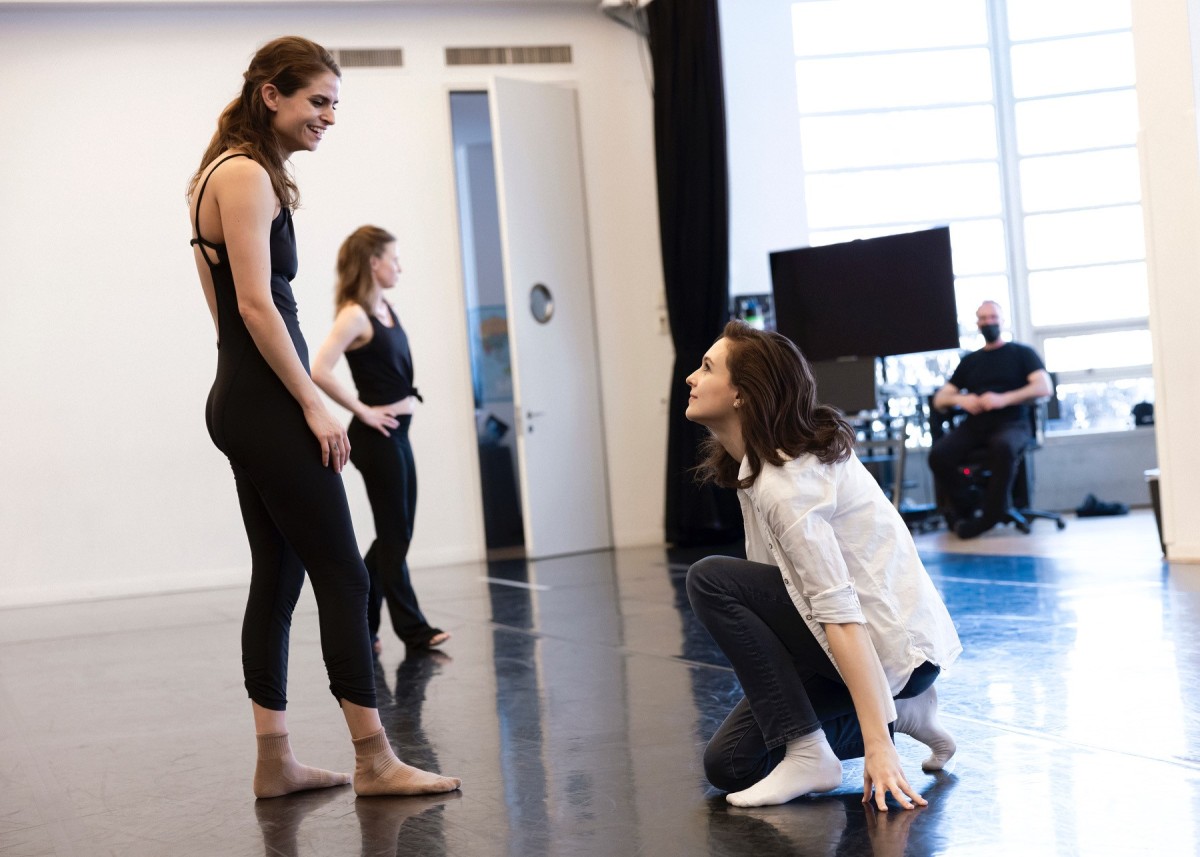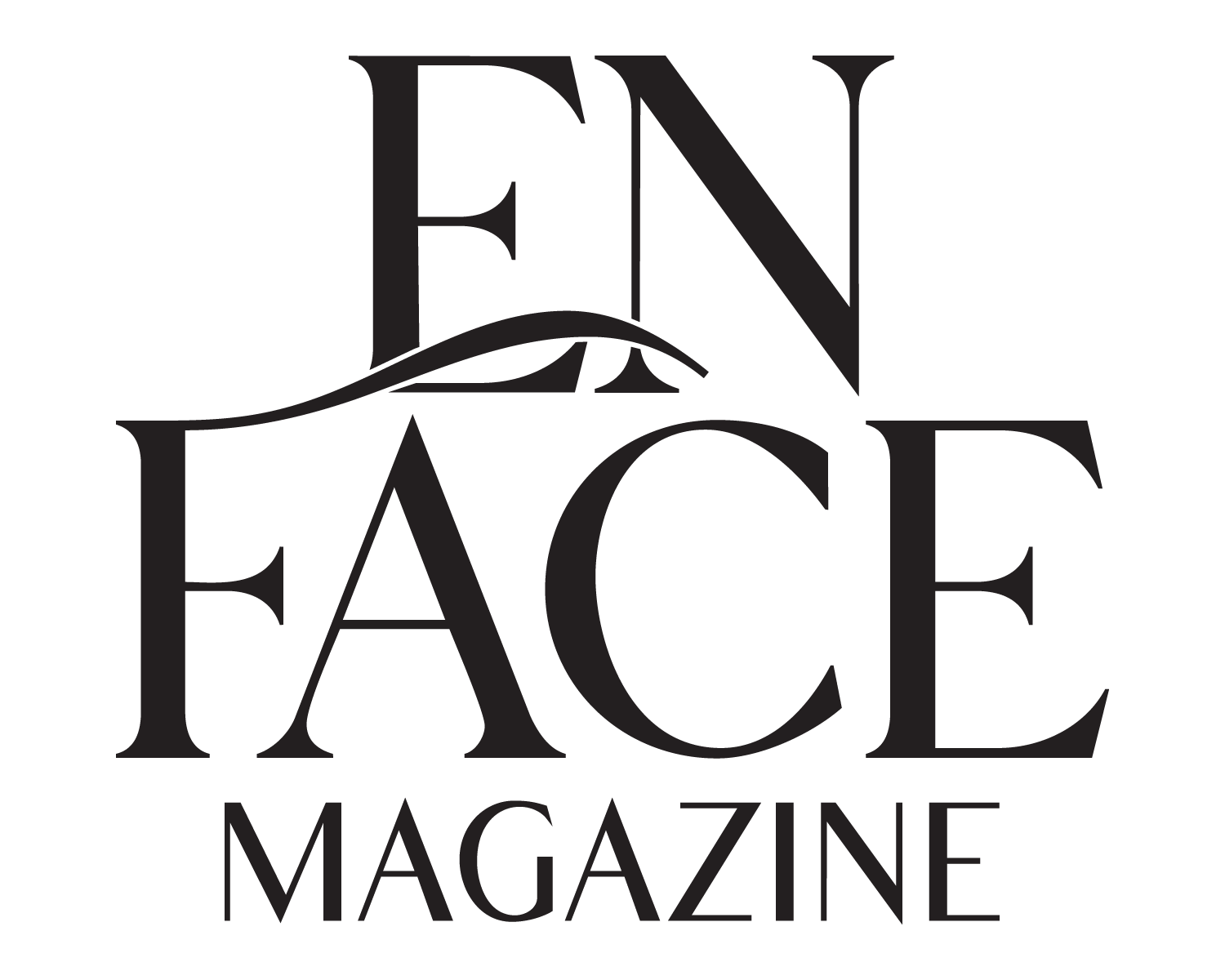
Oregon Ballet Theatre: Lauren Lovette On Creating Space, Setting A Tone, And Being Present
By Gavin Larsen
“I love problems. Love them!” says Lauren Lovette. “The more the better. I’m kind of always in a state of curiosity. I love pushing my brain into new ideas. That’s just my personality and how I like to live.”
Lauren’s emergence as a leading force in the dance world has been powered, in part, by that innate curiosity, along with an instinct to use restrictions— whether they are spatial, musical, or logistical— as creative tools rather than encumbrances. In her dances, she relishes the chance to reveal the unexpected, whether that is in style, movement, or the untapped aspects of a dancer’s talents.
Lauren began making dances since before she knew what choreography even was. Already fascinated with the fun of arranging bodies in spaces as a young girl, she’d recruit her younger brother and sister as “cast members,” to help her explore ideas. “I’d put in a cassette tape and have them making formations, circles on the ground coming out of closets, things like that. I loved it,” she recalls.
But when she started taking formal ballet lessons, something changed. “I felt like there was a ‘right’ way to move and I needed to learn those rules and stick to them. I completely stopped choreographing,” she recalls. When Lauren entered New York’s famed School of American Ballet as a teenager (after being home-schooled all through her youth) the transition to dorm life and full-time training away from home was emotionally rough. In a gutsy effort to combat her growing anxiety and self-consciousness, Lauren signed up for SAB’s student choreography workshop— as a choreographer, not a dancer, and not because she particularly wanted to. Without any ideas of what to create, she was looking only for a way to embolden herself by doing something outside her comfort zone, so when the students she’d wanted to use were swiped up by more assertive choreographers, she was secretly relieved, thinking it was an excuse to pull out. Luckily, she didn’t. And the experience proved pivotal in the trajectory of Lauren’s future in dance: along with the five dancers she was assigned to work with, she took the first step in what she now considers her “conversational” style of choreographing.
“I could not be more grateful that I started out in choreography like that, because my objective going into it was not at all about myself. Yes, I was facing my fear, but I had these five dancers that needed to know they belonged, that needed to have their greatnesses shown. It was a conversation with them, about what they’d always wanted to dance, how they wanted to be seen. I wanted to show them what they were capable of that maybe they hadn’t realized yet.”
That first foray into formal choreography succeeded in boosting Lauren’s confidence and self-assurance while at the same time reawakening her temporarily lulled creative instincts. Within just a few years, she had not only risen to the top of her class and joined New York City Ballet, she’d choreographed several more pieces and been invited to create for the New York Choreographic Institute. Her dual careers— dancer and choreographer— were picking up steam, and fast. By 2016 Lauren was a principal dancer with NYCB and been commissioned to make a ballet for the company. Other commissions came rolling in from companies and festivals around the country, and before too long Lauren realized the obligations of being a full time principal dancer were holding her back. In 2021, she shifted to freelance life, curating her career with the same nurturing eye she gives her choreography. Once again, learning the rules— not many people willingly leave a principal dancer contract with NYCB— and then making up her own.

Lauren Lovett | photo by Erin Baiano
Since Lauren is very much still actively performing herself— she’s appeared recently with Tiler Peck and Friends and Christopher Wheeldon’s Morphoses — one might assume that she’d capitalize on having the physical ability to show her dancers what she wants choreographically. But she describes her process quite differently. In many ways, demonstrating the steps is easier than verbalizing them, but it can also change the way the dancers interpret the movement for themselves. Lauren has learned, first a little reluctantly, to take herself out of the equation as much as possible when she’s choreographing, even though she says she’s more comfortable communicating with her body than with words. “Speaking with my body comes more naturally to me, but I’ve felt myself grow by using more imagery and language to describe what I want to see,” she says. “I still demonstrate a bit, but less and less, because the dancer can take ownership of the piece better; it becomes their movement. If I’m just showing all the time, it can be helpful but for the dancer it’s like, ‘Well, that looks good on you, but what about me?’ And I don’t want to get in the way of that.”
Getting out of the way, allowing inspiration to strike and trusting that it takes practice. Lauren says that for years, she doubted her ability to create spontaneously, feeling she needed to pre-plan movement before getting into the studio with dancers. “I used to get down on myself if I didn’t know exactly what I was going to do,” she says. “But it’s worse that way. I get distracted by trying to remember something I planned prior, I’m not in the moment, I’m not present, I’m not my best self.”
Her presence is her gift, she says. “I’m always there with those dancers, in that space at that time. I’m not thinking about anything else, I’m not trying to put any of my own self on them. I let whatever is happening there come to me. I don’t need to be set on any kind of pedestal in the room. I love just getting up underneath the process and moving it along.”

Lauren Lovett | photo by Erin Baiano
Eco grew out of existing work Lauren made during a studio “incubator” project with some freelance dancers in New York. She’d been inspired by music she discovered on Hilary Hahn and Hauschka’s album Silfra. “(The music) had been performed live as improvisation. I dream of finding a way to have it transcribed so it can be performed live again, but that’s a very expensive endeavor. But this recording is not a compromise- it is grippingly beautiful,” she explains. The resulting three-movement dance was a “piece without a home,” that she included in her portfolio almost as an afterthought when dialoguing with Interim Artistic Director Peter Franc about a piece for OBT’s 2022/23 season. “He immediately said, ‘What is this? I love it!’ I’m so excited that now it has a place at OBT.”
As she contemplated using her existing choreography as a base from which to expand and tailor the piece for OBT, Lauren realized the theme of reuse, renewal, and sustainability was at its core. She felt a sense of rootedness and connection to the ground, to nature, coming from the music and has let that inform the piece’s style- though she resists compartmentalizing her work into a clear-cut genre. Eco, she says, is rooted, grounded, and fluid, and grew out of her own mental turmoil during a particularly anxious time of her life. She has the dancers reflecting that, and perhaps finding anchor in closeness to the earth. The ever-giving, ever-renewing concept is true to all of Lauren’s work, as she gifts the choreography to those who dance it, now and in the future.
“I never feel like anything I’ve made is ever done,” she says. “Because I make pieces spontaneously, I remake and undo and put them back together in the same manner. Everything about this process is recycled: it’s giving life to something you once had or might have thrown away. I make things based off what I’m feeling, but I don’t like telling people what they should feel. When the dancers are alive in the work, and if I’m alive witnessing it even though it came through me if I’m on the edge of my seat at the end of a rehearsal- man, that’s where it’s at for me.”
![]()

This article was written by Gavin Larsen and first published in the Firebird playbill by En Face Magazine. It is published here courtesy of Oregon Ballet Theatre. Click here to learn more or read the entire playbill.

Follow Us
Subscribe For Updates & Giveaways!
Stay up to date with exciting original content, upcoming performances, and giveaways unique to your community and beyond!
